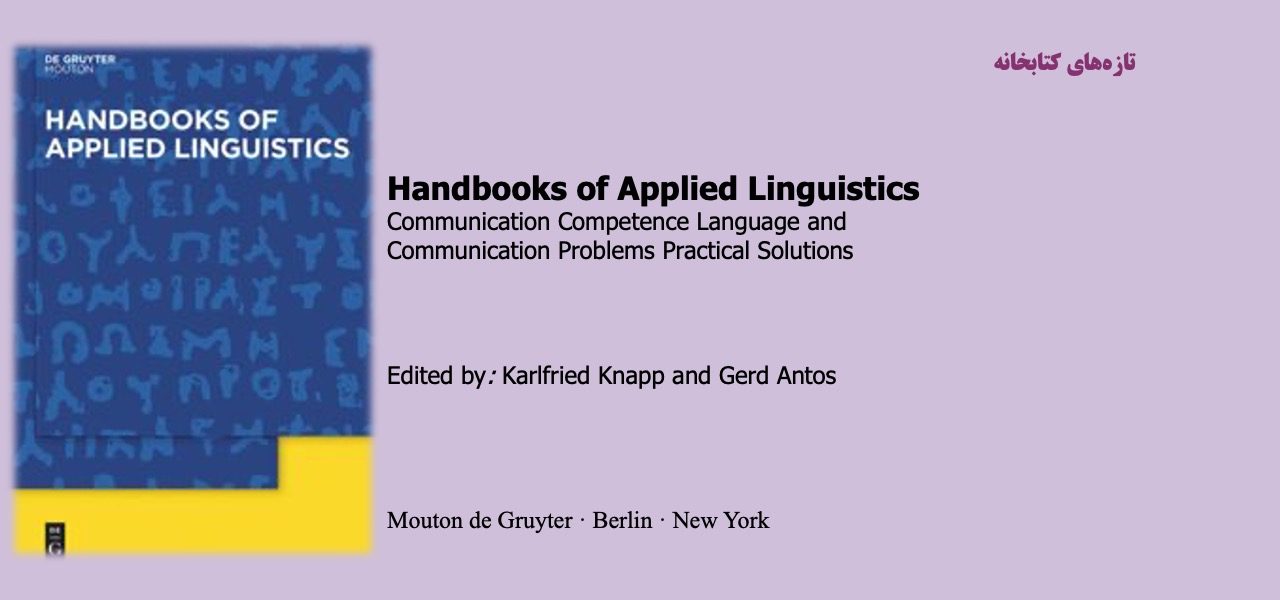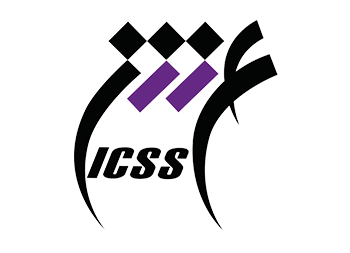The Handbooks of Applied Linguistics

Throughout the 1990s and early 2000s, we witnessed a growing academic interest in the issue of the public sphere. Significantly fostered by the first English translation of Jurgen Habermas’ book Structural Transformation of the Public Sphere (Habermas 1989/1996), research on the public sphere has provided a variety of theoretical approaches which either postulated the imminent demise of the public sphere in (late) modern democracies (Calhoun 1992; Crossley and Roberts 2004) or related the evident crisis of the (national) public sphere(s) to the growth of global tendencies rooted in the emergent trans-nationalization of media production and reception (Fraser 2003) (see Schulz-Forberg 2005 for an extensive discussion).
What is a public sphere? The public sphere is a concept in Continental philosophy and critical theory that contrasts with the private sphere, and is that part of life in which one interacts with others and with society at large. In Civil Society and the Political Public Sphere, Habermas (1992) defines the public sphere as “a network for communicating information and points of view” which eventually transforms them into a public opinion.
مطالب مرتبط

اصول روان درمانگری و مشاوره با رویکرد اسلامی (مفاهیم، فرآیند و فنون)
۲۶ / بهمن / ۱۴۰۳

آموزش مهارت نوشتن از منظر شناختی
۲۶ / بهمن / ۱۴۰۳


